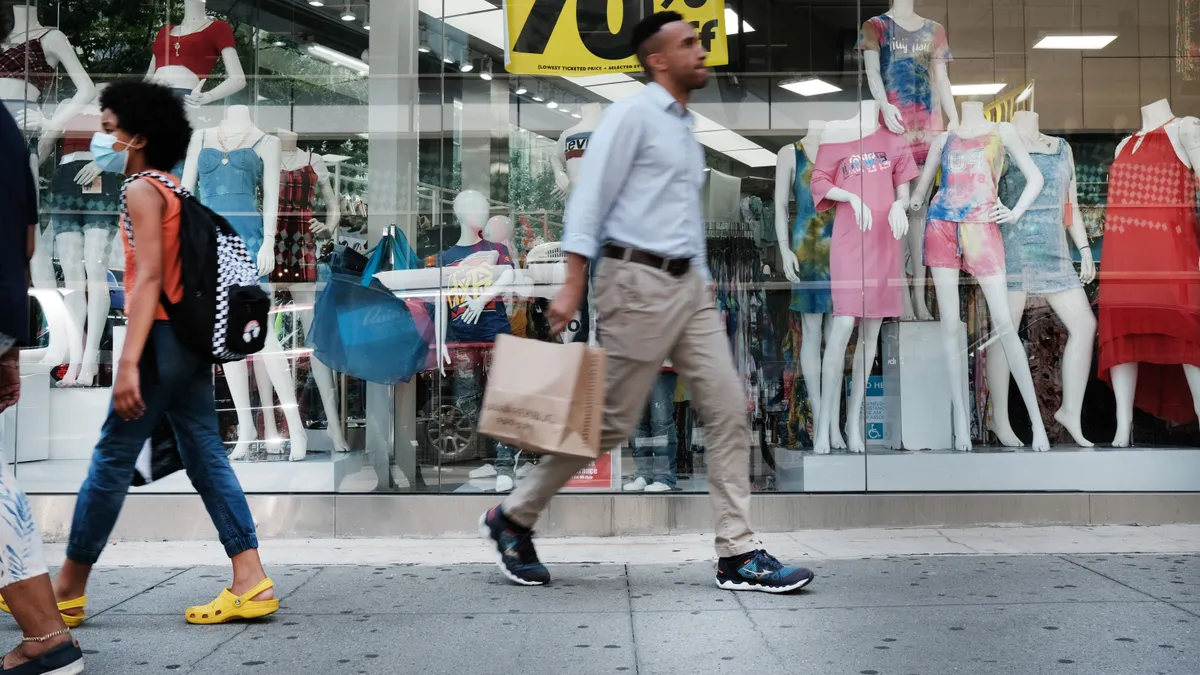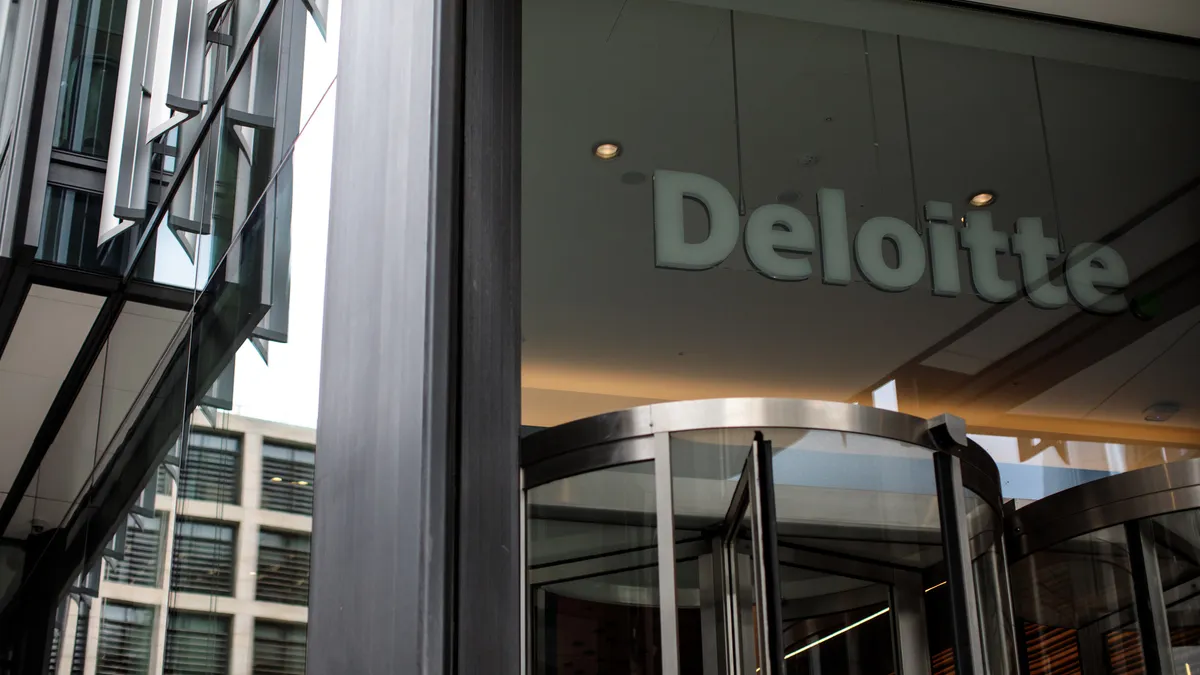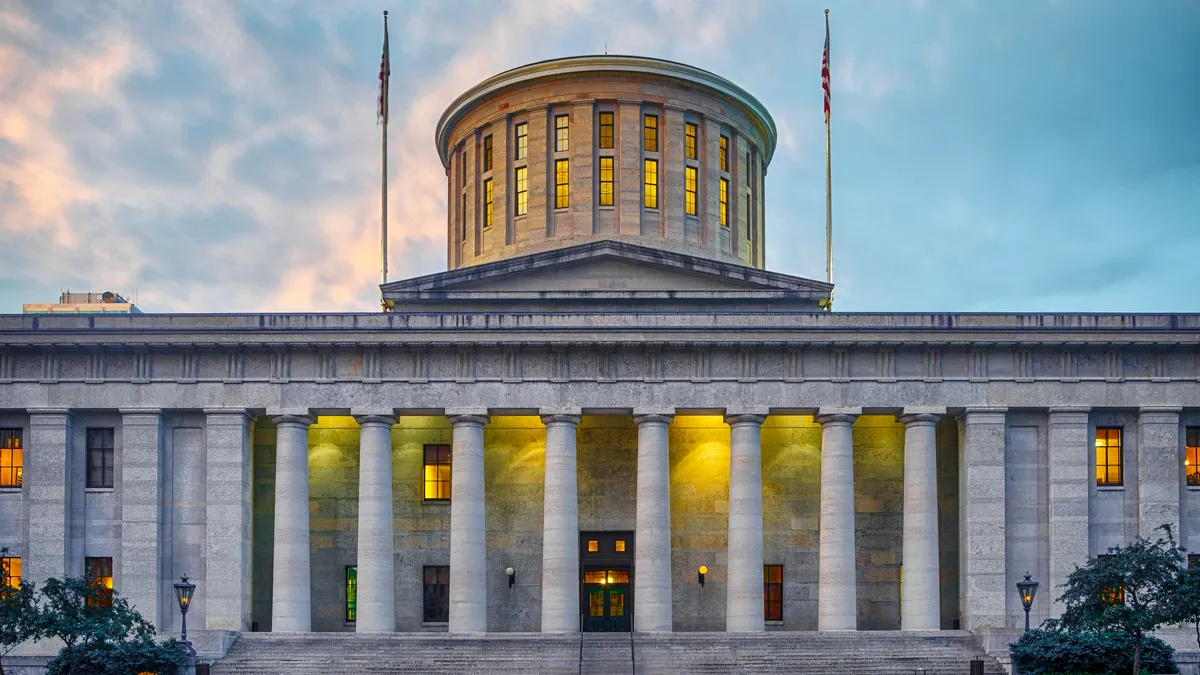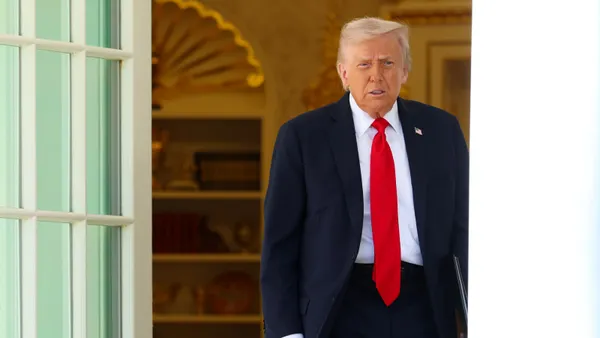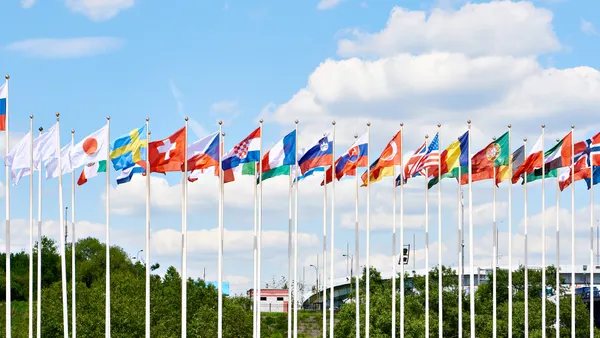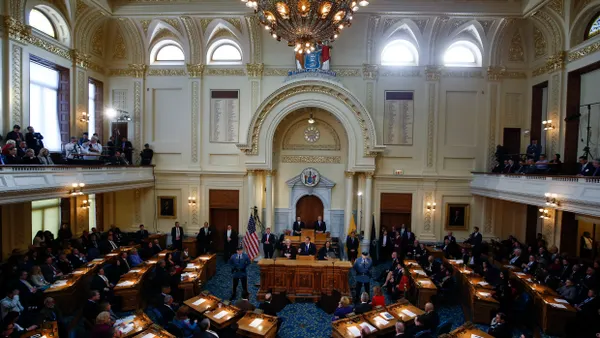Dive Brief:
- Retail sales rose 0.5% in July, and the Commerce Department revised June sales higher to 0.9%, as consumers shrugged off a softening job market and persistent, tariff-induced inflation.
- Motor vehicle sales last month surged to the highest level since March, leading sales gains among nine out of 13 categories of goods higher, the Commerce Department said Friday.
- “This report will ease some of the worries about the health of consumers’ spending following the tariff shock, given the modest further gains in underlying sales volumes and the upward revisions to the earlier months’ numbers,” Pantheon Macroeconomics Senior U.S. Economist Oliver Allen said in a client note. “That said, growth in consumption still looks relatively weak, and the softening labor market and further likely pass-through of tariffs suggest a sharp re-acceleration is unlikely.”
Dive Insight:
After robust retail purchases last month, consumer sentiment faltered in August for the first time in four months, according to a University of Michigan survey.
“This deterioration largely stems from rising worries about inflation,” Joanne Hsu, director of the university’s consumer surveys, said in a statement.
Concern among consumers about price pressures eroded their enthusiasm for purchasing durable goods by 14%, she said.
“Consumers are no longer bracing for the worst-case scenario for the economy feared in April when reciprocal tariffs were announced and then paused,” Hsu said. “However, consumers continue to expect both inflation and unemployment to deteriorate in the future.”
Consumer expectations for inflation in a year rose to 4.9% this month from 4.5% in July, with pessimism worsening among all demographic groups and political affiliations, she said.
Long-run inflation expectations rose to 3.9% from 3.4%, ending three straight months of decline, Hsu said.
Two recent government reports show that inflation has stalled above the 2% long-run goal set by the Federal Reserve.
The producer price index last month rose at the fastest rate in three years, the Bureau of Labor Statistics said Thursday, as costs from the highest tariffs since the 1930s started to trickle through the supply chain.
The PPI, which measures prices charged by wholesalers, increased a higher-than-forecast 0.9% in July and 3.3% on an annual basis, the BLS reported Thursday.
Also, the core consumer price index, which excludes volatile food and energy prices, rose at a 3.1% annual rate last month after a 2.9% gain in June, with a resurgence in the cost of services including transportation and medical care fueling much of the gain, the BLS said Tuesday.
“It’s been a little mixed,” Chicago Fed President Austan Goolsbee said Friday, referring to recent inflation reports. “I feel like we still need another one, at least, to figure out if we’re still on the golden path” toward curbing inflation to 2%, he said in a CNBC interview.
Goolsbee expressed concern about price pressures “kicking up in categories that are not obviously going to be transitory, which is to say the services inflation.”
At the same time, “let’s not overreact to one month of CPI or PPI inflation,” he said.
Goolsbee and other Fed officials are scheduled to meet to discuss monetary policy Sept. 16-17.



